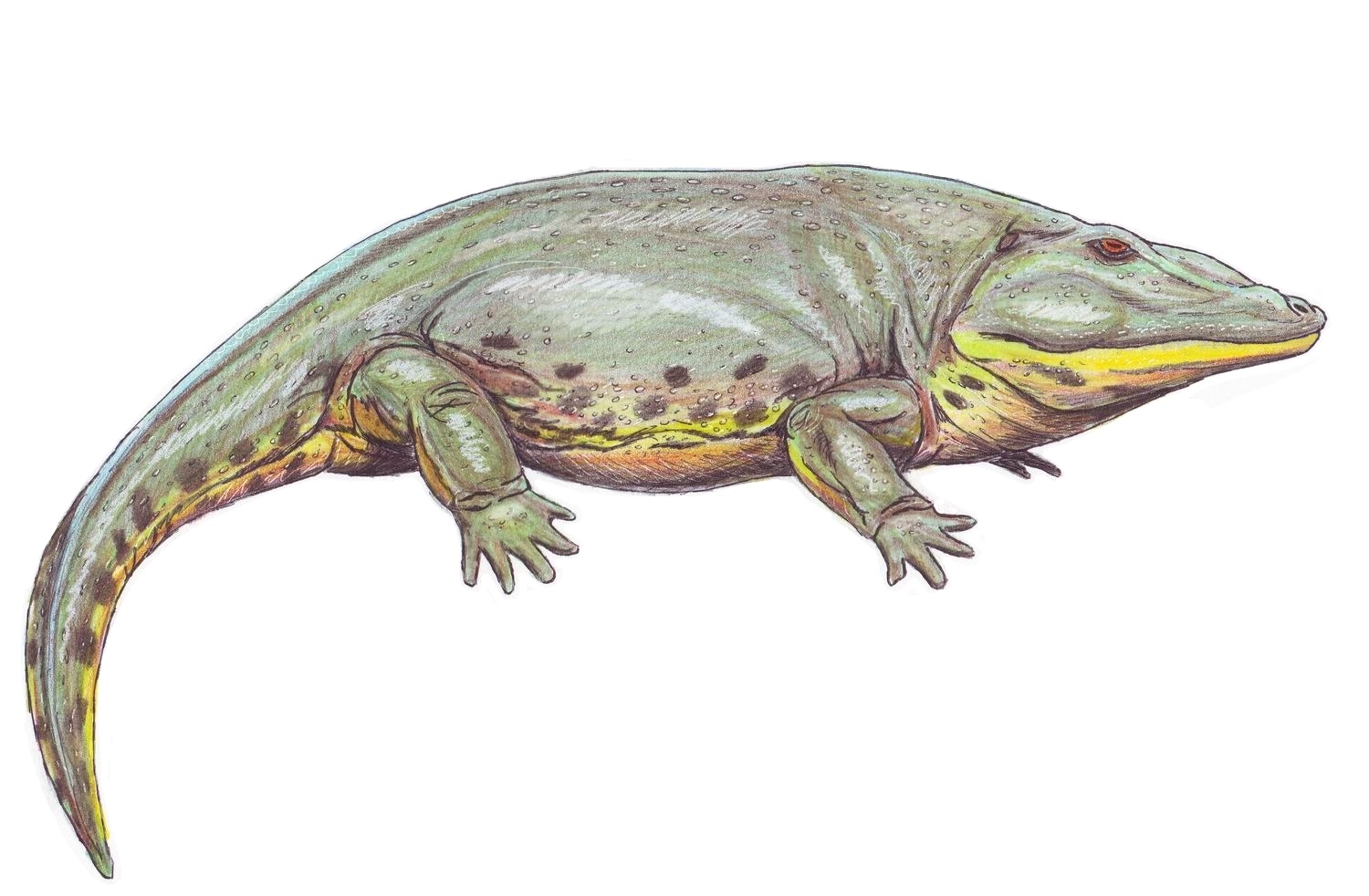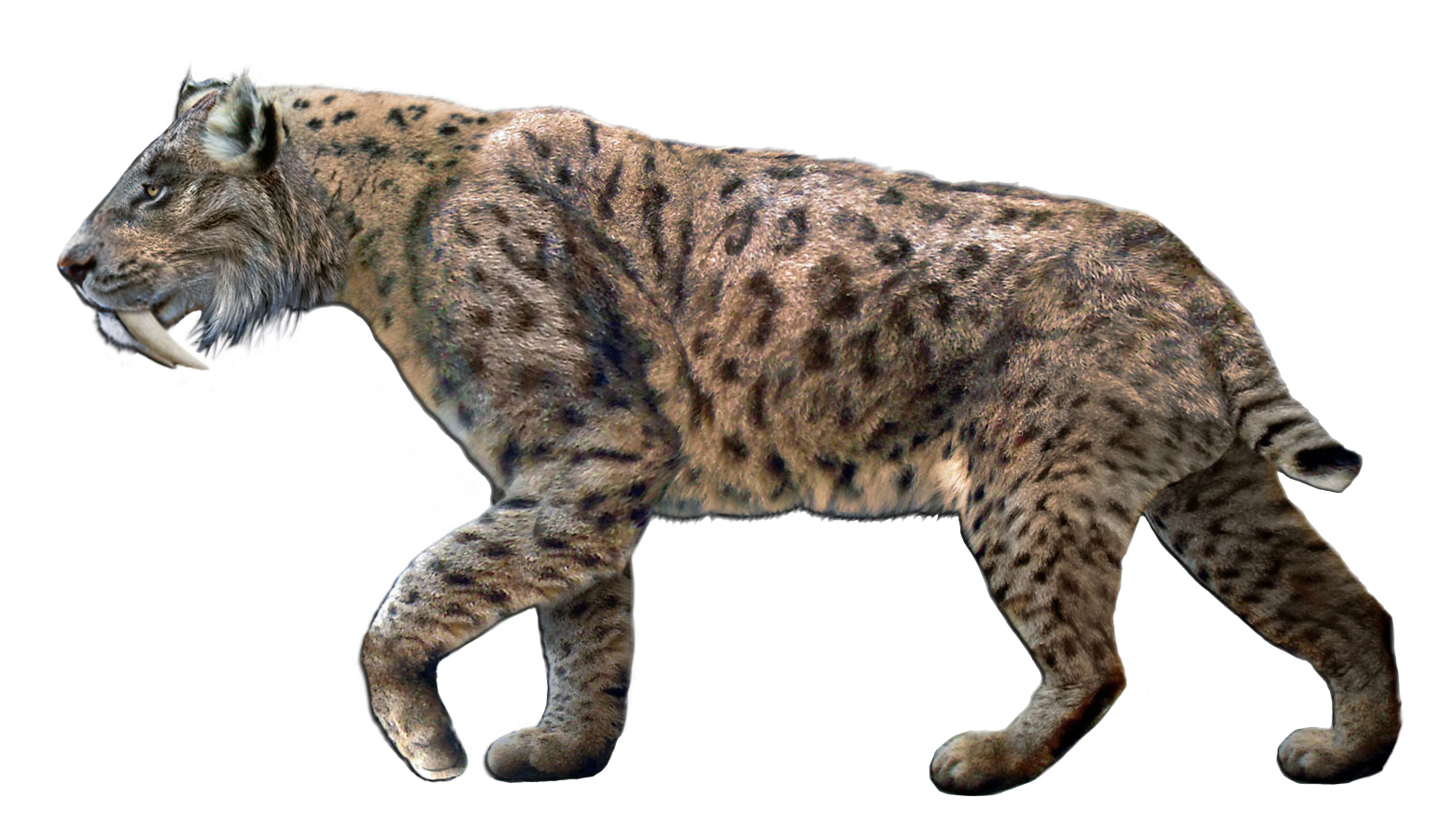Sharpe
1/31/2017
From Fertile Waters:
This week chapter I had to read was chapter four (From Fertile Waters) within the book "Mountains of the Heart" by Scott Weidensaul.
Within the chapter, I learned what a rhododendron is. Prior to reading this chapter, I did not know what rhododendron are. I did a little research and I found out that it is actually a type of flower, well a family of flowers (Weidensaul, 81).
(Author: unknown)
Another interesting fact that I learned within this chapter of the book was about the health of rivers of within the Appalachian mountains. But this section involves around the improving health of these rivers from being devastated by mining operations within the Appalachian region of the United States. The author talked about how the river was basically dead of life in the 1970s, known as the Little Schuylkill River. Twenty years later, the author sees how wildlife had come back to the area as the water quality had improved. And another indicator of improved river quality is the new interest of humans within the region are travelling to this river (Weidensaul, 90-91). Giving hope that natural environments could improve after humans ended up destroying the region.
Little Schuylkill River Watershed
(Author: Karl Musser from the USGS)
Photo Location: https://commons.wikimedia.org/wiki/File:Schuylkillmap.png
The next major minor thing that I am not surprise about is invasive species. In this cause, Weidensaul talks about the Zebra Mussel. The Zebra Mussel is not only invasive in the Appalachian region of the United States, but increasing to the Great Lakes, all the way to California (Weidensaul, 99-100). One infamous case of the Zebra Mussel is actually at the Hoover Dam and Lake Mead in the American southwest. If it is left unchecked, it could clog the entrance pipes of the Hoover Dam, stopping the flow of water to the generators, stopping the generating of electricity.
Zebra Mussel
(Author is unknown, but is from USGS)
Book Citation:
Weidensaul, S. (2016). Mountains of the Heart: A Natural History of the Appalachians. Golden, CO: Fulcrum Publishing.





